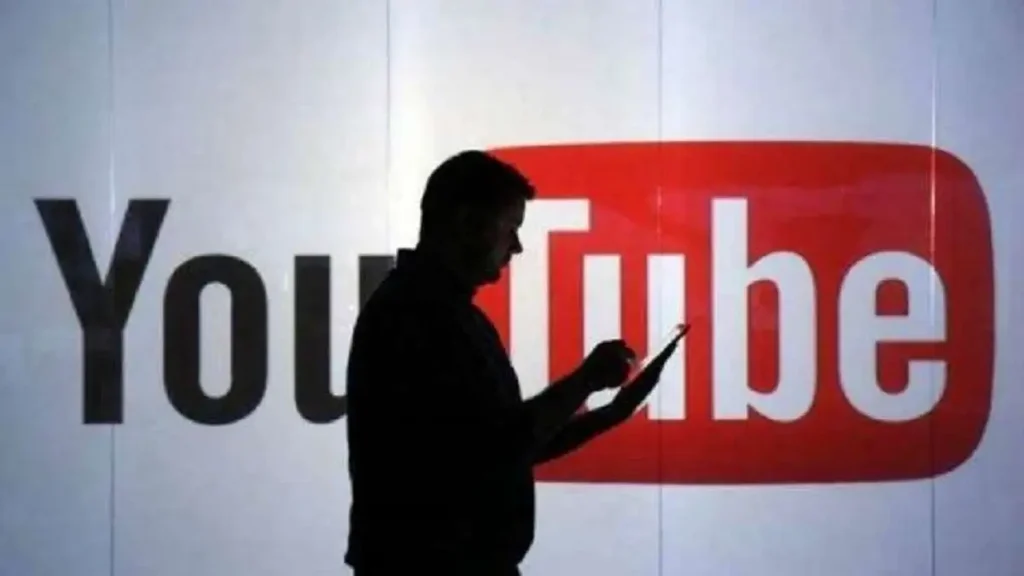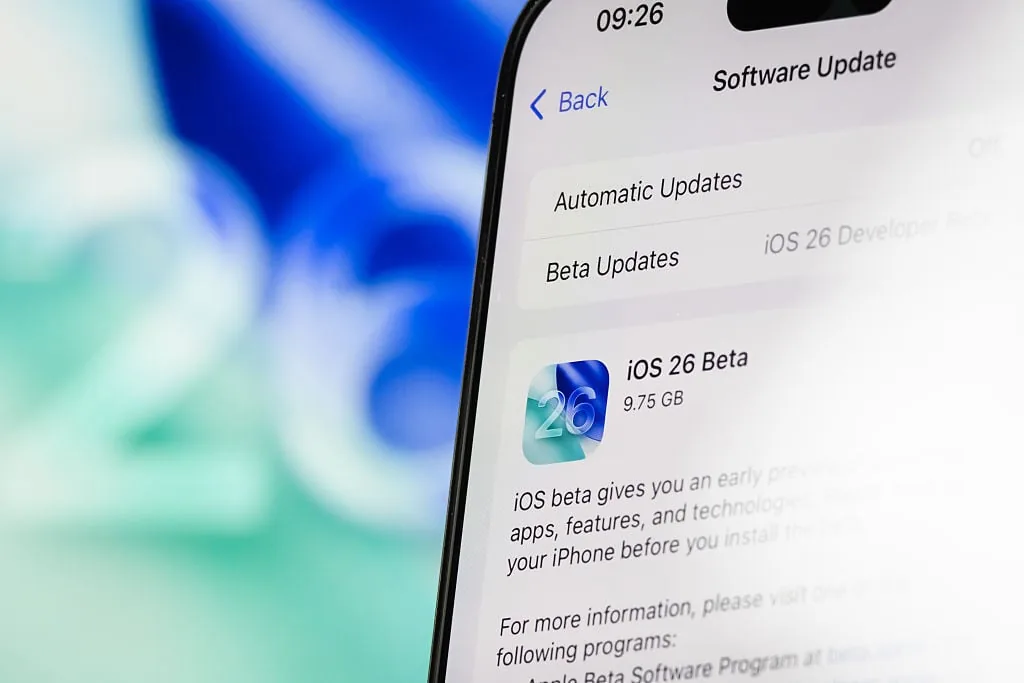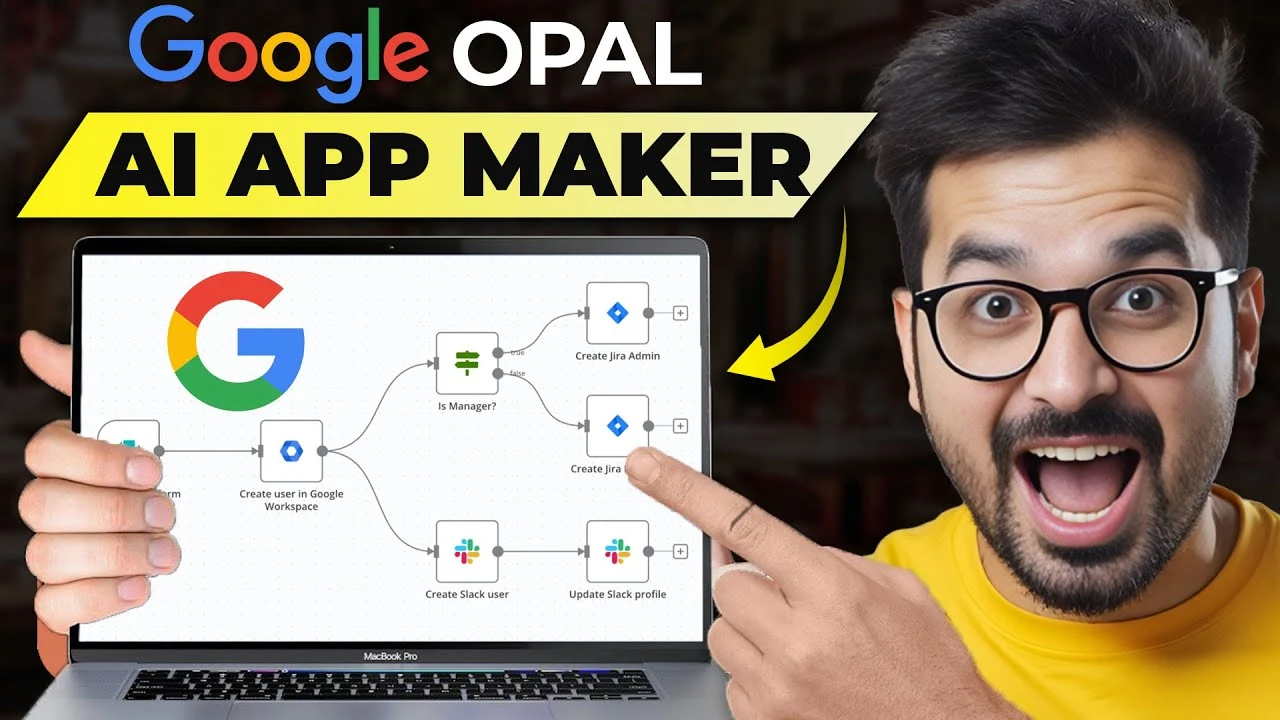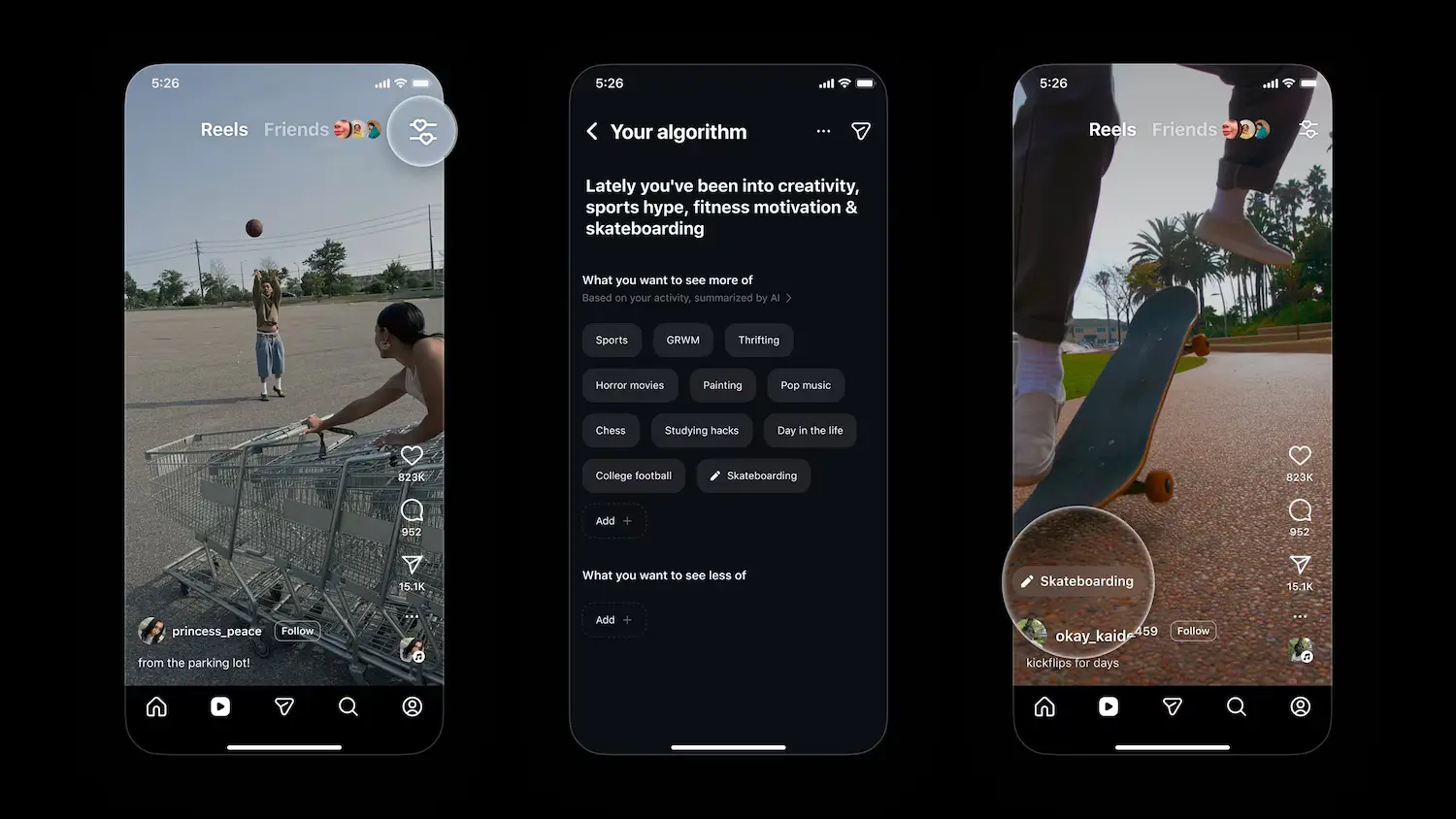In recent years, AI deepfakes have posed significant challenges across various sectors, including social media, entertainment, and even politics. With the rise of generative AI, content creators have increasingly found their original works imitated and sometimes copied without consent. To tackle this issue, YouTube, one of the world’s largest video platforms, has developed new processes and tools to detect AI-generated content and safeguard its creator community from potential exploitation.
Table of Contents
Understanding AI Deepfakes and Generative AI
AI deepfakes are synthetic media where artificial intelligence is used to generate videos, images, or audio that closely mimic real people and events. These can be used both creatively and maliciously, making it harder for the average viewer to distinguish between genuine and fabricated content.
On the other hand, generative AI is a broader concept, involving AI systems that can create new content, whether that’s writing, images, or videos, based on data it has been trained on. While generative AI can be used positively for enhancing creative processes, it also raises concerns when used to copy content or generate misleading material.
YouTube’s AI Detection System for Deepfakes
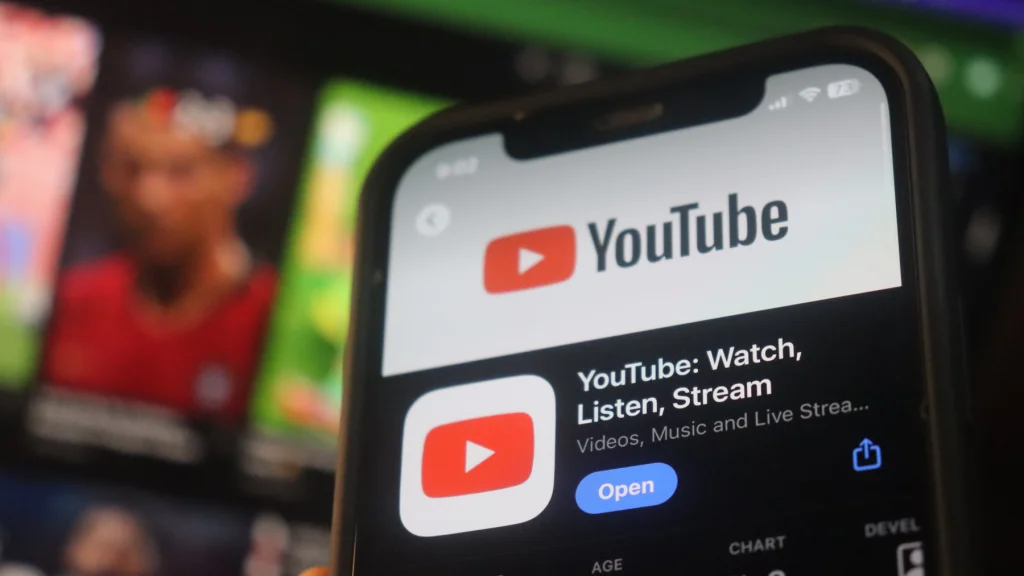

YouTube has taken a proactive stance in addressing the issue of AI deepfakes by developing sophisticated AI detection processes. These tools are designed to identify content that may have been generated by artificial intelligence, especially in cases where the content mimics real individuals or their works.
By using advanced algorithms, YouTube can detect subtle inconsistencies within the video that suggest it has been artificially created. This can include analyzing the video frame by frame or reviewing the sound for signs of synthesis. The ultimate goal is to prevent misleading AI content from gaining traction on the platform.
Protecting Creators from AI-Generated Copies
One of the most significant challenges for content creators today is the rise of AI-generated copies of their work. These copies are not only unfair but can also detract from the visibility and uniqueness of the original content.
To combat this, YouTube has implemented tools that allow creators to flag content they believe has been copied or replicated using AI. Creators can also utilize YouTube’s real-time detection systems to automatically identify when their work has been used without permission. Once flagged, the content can be reviewed and, if necessary, taken down.
For example, a musician who finds their song being generated and altered slightly by an AI system can now quickly alert YouTube’s AI-driven content protection tools to ensure that the copied version does not gain unwarranted popularity.
The Role of YouTube Notes AI in Content Monitoring
An interesting new feature YouTube is also working on is YouTube Notes AI. This tool, designed to monitor discussions and notes added to videos, can track when AI-generated content is being referenced or discussed. With this tool, YouTube aims to provide greater transparency about the origins of the content shared on its platform, allowing users to better understand when something has been created or modified using AI.
By providing additional information in real-time, YouTube ensures that its audience remains well-informed and creators remain protected from unauthorized AI-generated copies of their work.
The Importance of Detecting AI-Generated Content
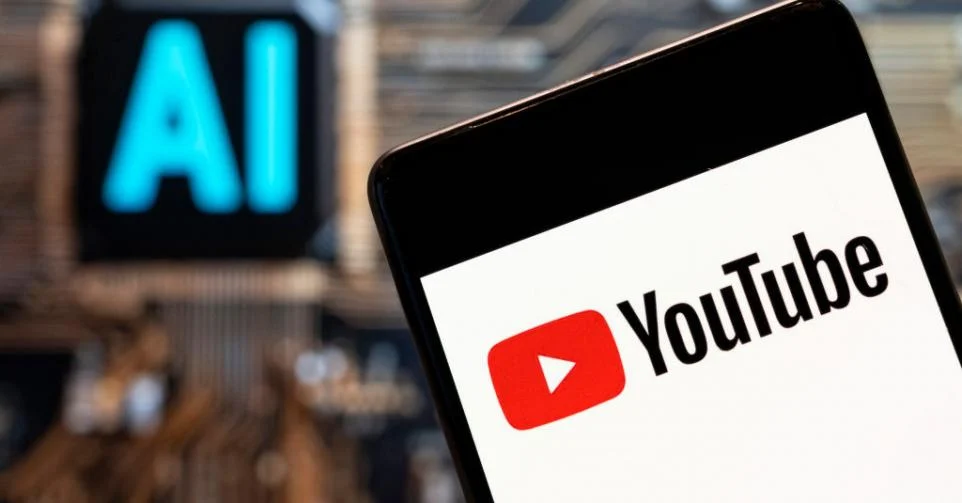

With the rise of deepfakes and generative AI, the ability to detect AI-generated content has become more critical than ever. Misinformation and unauthorized reproduction of original works not only pose ethical concerns but also threaten the integrity of the content creation industry.
YouTube’s commitment to improving its detection capabilities ensures that users and creators alike can trust the authenticity of the content available on the platform. Detecting AI-generated content also helps reduce instances of fake news, prevent the exploitation of public figures through deepfakes, and protect original works from unauthorized replication.
Benefits for Creators and the YouTube Community
For YouTube’s community of creators, the introduction of these tools brings numerous benefits, including:
- Stronger Copyright Protection: Creators now have the means to protect their work more effectively from being copied or modified by AI systems.
- Improved Transparency: The use of YouTube Notes AI ensures that users are aware when content may have been AI-generated or manipulated.
- Real-Time Monitoring: With AI detection systems working in real-time, creators can act quickly if they find that their work has been used without permission.
- Enhanced Audience Trust: The ability to detect deepfakes and other AI-generated content improves the trustworthiness of the platform for viewers.
Challenges with AI and YouTube’s Approach
Despite these advances, challenges remain. AI systems continue to evolve rapidly, making it difficult to stay ahead of new methods for creating deepfakes and AI-generated copies. YouTube’s approach must continuously adapt to meet these evolving threats.
Moreover, while YouTube’s tools are effective in identifying blatant copies, there is still the issue of subtle AI manipulations, where slight changes to original content make it harder to detect without human oversight.
However, YouTube’s ongoing investment in its detection systems and partnerships with industry experts highlight the platform’s commitment to tackling these challenges head-on.
Conclusion: The Future of AI and Content Protection on YouTube
As the world of artificial intelligence continues to grow, so too do the opportunities and risks it presents. YouTube’s latest efforts to detect AI deepfakes and safeguard content creators from AI-generated copies show that the platform is aware of these risks and is actively working to mitigate them.
By providing tools that allow creators to protect their intellectual property and ensure transparency for users, YouTube is taking a firm stance in favor of ethical AI use. As AI continues to evolve, YouTube’s efforts will likely serve as a blueprint for other platforms, helping to ensure that content remains authentic and creators can thrive in a rapidly changing digital world.

